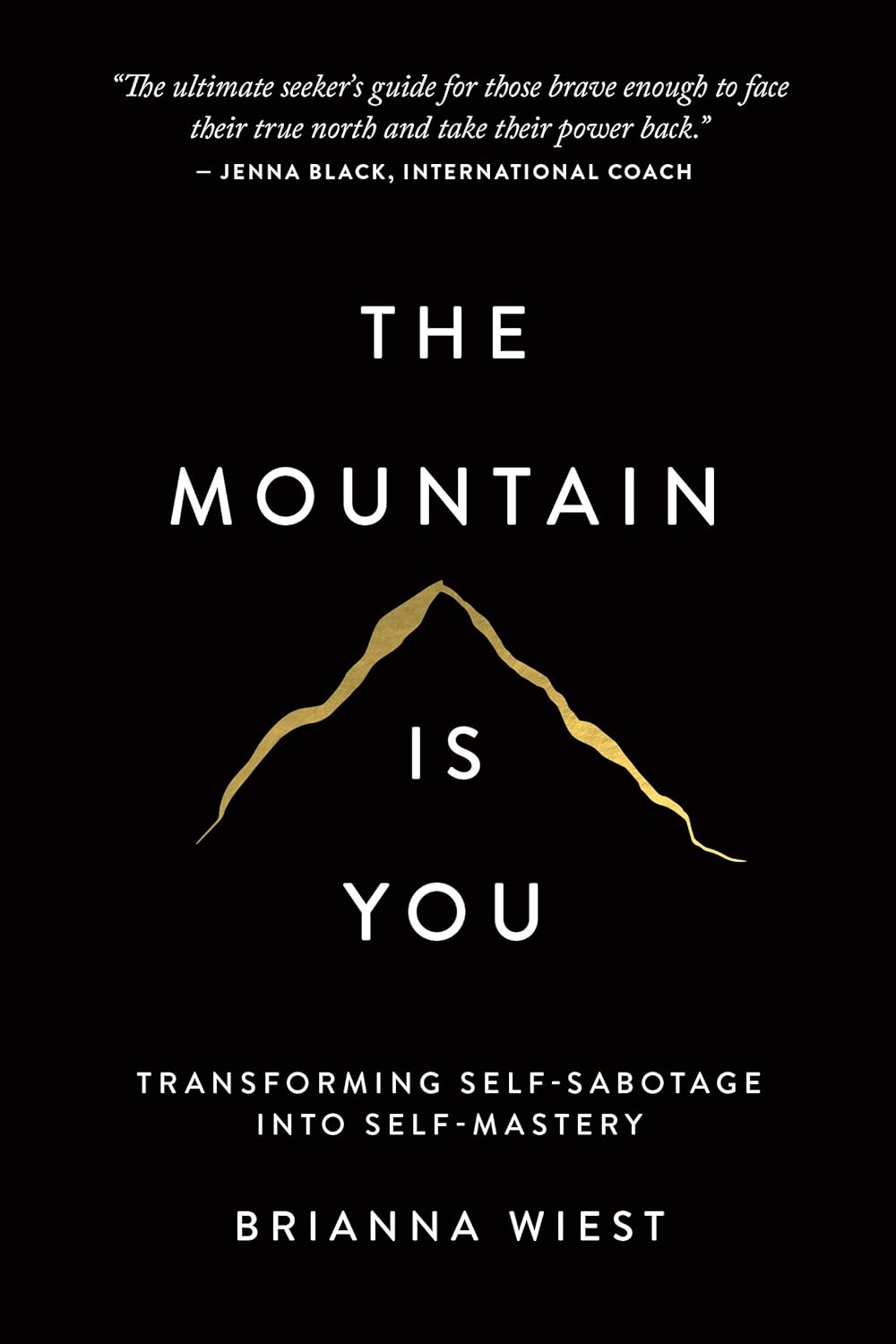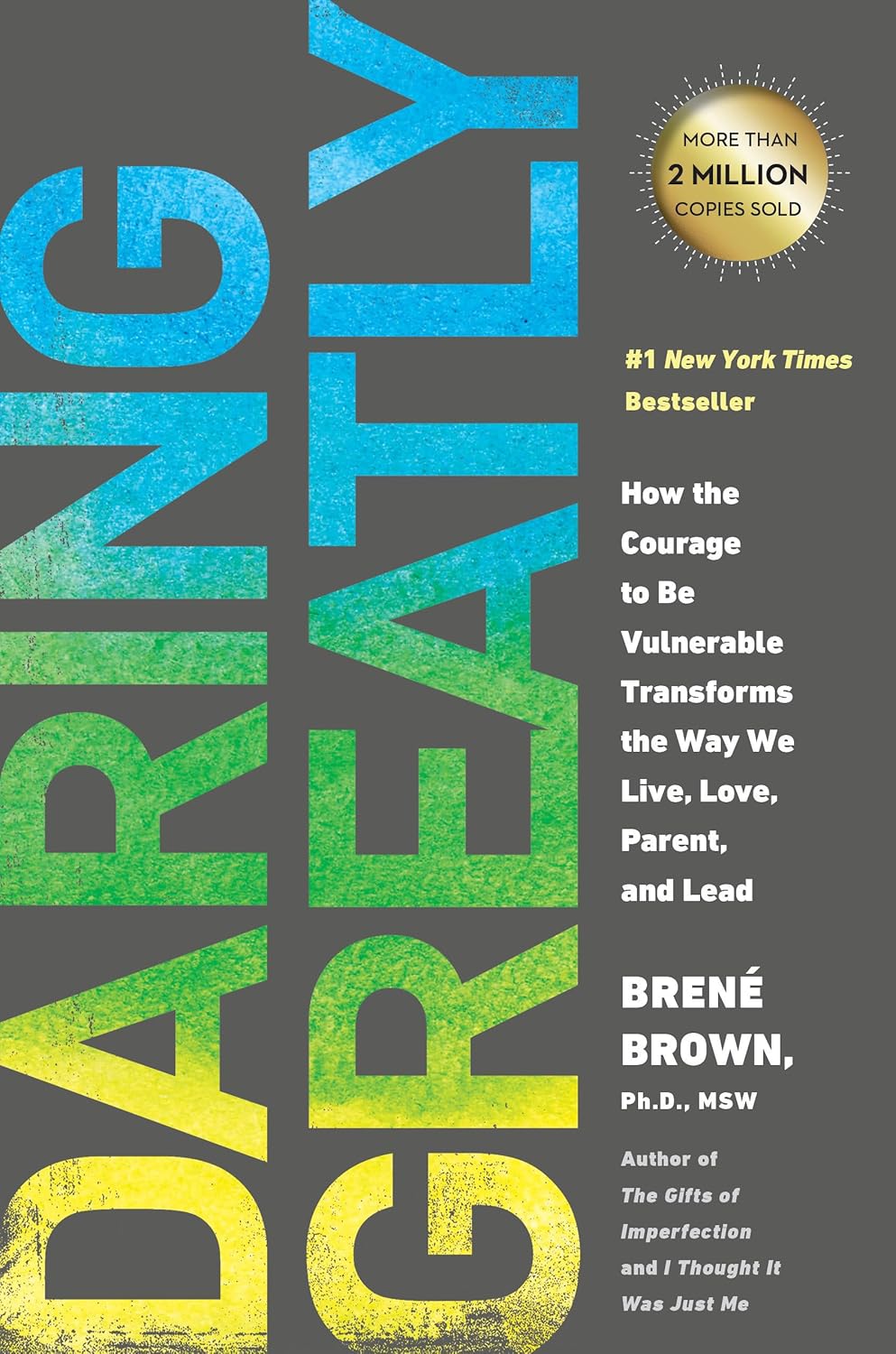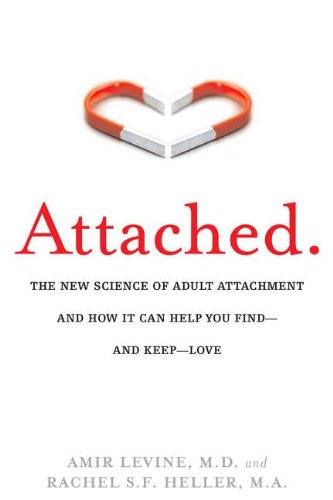
Buy The Book
Chapter
- ✦ The Mystery of Attraction
- ✦ Childhood Wounds
- ✦ Your Imago
- ✦ Romantic Love
- ✦ The Power Struggle
- ✦ Becoming Conscious
- ✦ Commitment
- ✦ Creating a Zone of Safety
- ✦ Increasing Your Knowledge of Yourself and Your Partner
- ✦ Defining Your Curriculum
- ✦ Creating a Sacred Space
- ✦ Portrait of Two Relationships
- ✦ Ten Steps Toward a Conscious Partnership
Getting the Love You Want: A Guide for Couples

About
“Getting the Love You Want: A Guide for Couples,” authored by Harville Hendrix, Ph.D., and Helen LaKelly Hunt, Ph.D., is a transformative resource for couples seeking to deepen their emotional connection and resolve conflicts. First published in 1988, the book introduces the concept of *Imago Relationship Therapy*, which posits that individuals unconsciously choose partners who reflect traits of their primary caregivers, leading to both challenges and opportunities for healing.
Hendrix and Hunt emphasize the importance of understanding childhood wounds that influence adult relationships, providing practical exercises to foster communication and empathy. The revised edition includes updated insights and a new chapter focused on creating a sacred space for love. With millions of copies sold, this book serves as a guide for couples aiming to cultivate intimacy, mutual support, and a fulfilling partnership.
Dr. Harville Hendrix is a renowned therapist known for his work on relationship dynamics, while Dr. Helen LaKelly Hunt is an activist and educator, both contributing significantly to the field of couple’s therapy.

Spark
Learn
Review
✦ The Mystery of Attraction
When couples come to therapy, recounting their initial meeting often reveals deep emotional dynamics. For example, Maggie and Victor, who are contemplating divorce after nearly three decades of marriage, shared how they met in graduate school. Maggie felt an overwhelming urge to connect with Victor upon first seeing him, a reaction so intense that she had to sit down. Their immediate bond led them to elope within two months. In contrast, Rayna and Mark’s relationship developed more gradually and thoughtfully, starting from a mutual friend’s introduction and evolving over three years before marriage.
These contrasting stories raise intriguing questions about the nature of romantic attraction. Why do some people experience intense love at first sight while others ease into relationships? Scientific research sheds light on these phenomena through various lenses, including biological and social psychology. Evolutionary theories suggest that mate selection is influenced by traits signaling health and reproductive capability. Social psychology introduces the exchange theory, positing that individuals seek partners who are their equals based on physical appeal, financial status, and personality traits.
Despite these theories providing some insight, they often fail to capture the emotional depth of romantic love. The unconscious mind plays a significant role in mate selection; individuals tend to choose partners who reflect traits reminiscent of their caregivers, driven by a desire to heal past emotional wounds. Understanding these dynamics is crucial for fostering healthier relationships.
✦ Childhood Wounds
The phrase “psychological and emotional damage from childhood” often evokes thoughts of severe traumas such as abuse or parental loss. However, even those who grew up in nurturing environments carry invisible scars from unmet needs throughout their formative years. From birth, individuals are complex beings with a continuous cycle of needs that no parent can perfectly meet.
Exploring the concept of “original wholeness” reveals that infants experience a tranquil existence where their biological needs are automatically met by their mothers. This idyllic state abruptly ends with birth, leading to a gradual realization of individuality and separation from caregivers. As children grow, they yearn for connection while simultaneously developing a sense of self.
The success of this developmental process profoundly impacts future relationships. Ideally, children learn to distinguish themselves while maintaining connections with others. However, if caregivers struggle with their own insecurities or fail to provide adequate support, children may develop attachment issues that influence adult relationships. This chapter emphasizes that these childhood wounds shape expectations in romantic partnerships, often leading individuals to unconsciously seek partners who can fulfill those unmet needs.
✦ Your Imago
The concept of *Imago* serves as a framework for understanding partner selection and relationship dynamics. Individuals subconsciously seek partners who embody characteristics reminiscent of their primary caregivers—both nurturing and challenging traits alike. By recognizing one’s *Imago*, deeper insights into relationship patterns and emotional triggers can be uncovered.
This chapter encourages self-reflection by prompting individuals to explore how their past influences current romantic choices. Understanding the *Imago* allows readers to gain clarity on why they are drawn to certain partners and how these choices reflect unresolved childhood issues. This awareness fosters greater empathy within relationships as individuals learn to navigate their unconscious motivations together.
Embracing the *Imago* concept enables couples to address underlying issues more effectively, paving the way for healthier dynamics and deeper connections as they work towards mutual understanding and growth. Recognizing the *Imago* can lead to transformative experiences in love relationships as partners learn to support each other’s healing journeys.
✦ Romantic Love
Romantic love is often characterized by intense emotions and idealization of partners, creating an illusion of perfection at the onset of relationships. This chapter delves into the chemistry behind love, exploring biological and psychological factors contributing to feelings of infatuation. It discusses how romantic love evolves through stages—from initial attraction filled with excitement to potential disillusionment as reality sets in.
Understanding these dynamics is crucial for fostering lasting intimacy beyond the initial spark. Couples are encouraged to recognize that excitement may fade over time as deeper issues surface. By navigating these phases mindfully, individuals can cultivate realistic expectations while maintaining a connection rooted in genuine affection.
Additionally, this chapter highlights how romantic love can serve as a catalyst for personal growth when couples confront unresolved issues together. Through open communication and shared experiences, partners can transform their relationship into one marked by mutual support and understanding rather than mere infatuation.
✦ The Power Struggle
As couples transition from romantic love into deeper commitments, they often encounter power struggles stemming from unmet expectations rooted in childhood experiences. This chapter examines how these conflicts arise when partners realize their needs may not align perfectly with one another’s desires.
Unconscious expectations from childhood play a significant role in shaping relationship dynamics; individuals may look to their partners to fulfill needs left unaddressed during formative years. When those needs go unmet, disappointment can lead to frustration and resentment within the partnership.
The chapter outlines common patterns observed during power struggles—such as criticism or emotional withdrawal—which often reflect deeper fears associated with abandonment or engulfment stemming from past experiences. By recognizing these patterns as part of a broader cycle rather than personal failures, couples can begin to address underlying issues constructively.
Understanding this power struggle as an opportunity for growth allows partners to navigate conflicts more effectively while fostering a conscious partnership built on empathy and communication rather than discord.
✦ Becoming Conscious
Transitioning from unconscious dynamics to conscious partnerships requires intentional effort and self-awareness. This chapter emphasizes merging insights from both old brain instincts and new brain awareness in order to foster healthier interactions within relationships. Recognizing emotional triggers is essential for creating an environment conducive to vulnerability and intimacy.
The narrative encourages couples to actively engage in practices that promote understanding and connection while addressing underlying issues collaboratively. By becoming aware of individual needs alongside those of their partner, individuals can create a safe space where both parties feel valued and respected.
Practical exercises outlined throughout this chapter aim at enhancing relational consciousness—encouraging couples to communicate openly about desires while working towards mutual growth. Ultimately, achieving a conscious partnership involves recognizing how childhood wounds influence present-day interactions while committing wholeheartedly to personal development within the context of love relationships.
✦ Commitment
Commitment is a fundamental aspect of any successful relationship, serving as the bedrock upon which couples can build their lives together. It creates a sense of security and stability, allowing partners to navigate the complexities of life while feeling supported and valued. Establishing a commitment agreement is essential; it clarifies expectations and intentions, fostering a deeper understanding between partners. This chapter emphasizes the dynamics between “fusers” and “isolaters,” where one partner may crave closeness while the other values independence. Recognizing these tendencies is crucial for fostering healthier interactions.
The concept of non-catastrophic exits is also explored, shedding light on how couples often disengage from conflicts or emotionally withdraw without realizing it. This invisible divorce can lead to feelings of isolation, as partners may remain physically present but emotionally distant. By narrowing exits and committing to open communication, couples can strengthen their connection and work through difficulties together.
The chapter culminates with reflections on lifelong commitment, encapsulated in the phrase “til death do us part.” Embracing this level of commitment requires ongoing effort and dedication, allowing couples to grow together while honoring each other’s individuality. Ultimately, commitment is not merely about staying together; it involves actively nurturing the relationship, ensuring that both partners feel fulfilled and cherished.
✦ Creating a Zone of Safety
Creating a safe environment within a relationship is essential for fostering emotional intimacy and connection. This chapter delves into how insight and behavioral change contribute to establishing a zone of safety. Couples are encouraged to engage in caring behaviors that promote understanding and support. Implementing practices such as “Caring Days” allows partners to actively demonstrate love and appreciation for one another, rekindling affection that may have waned over time.
The chapter introduces tools like the “Surprise List” and “Fun List,” which encourage couples to engage in unexpected acts of kindness and joyful activities together. These practices help break routines that may lead to complacency in relationships, enhancing emotional bonds.
Addressing the fear of pleasure is also crucial; many individuals struggle with embracing joy due to past experiences that equate happiness with danger. By confronting these fears, couples can cultivate a more positive atmosphere in their relationship.
Ultimately, creating a zone of safety involves removing negativity from interactions, allowing love to flourish and deepening the emotional connection between partners. When both individuals feel secure, they can explore their vulnerabilities without fear, paving the way for deeper intimacy.
✦ Increasing Your Knowledge of Yourself and Your Partner
Understanding oneself and one’s partner is fundamental to building a healthy relationship. This chapter highlights hidden sources of knowledge that can enhance intimacy between partners. Recognizing each other’s inner worlds often remains obscured by denial or misunderstanding.
The *Imago Dialogue* is introduced as a powerful tool for fostering deeper communication. This three-step process—mirroring, validation, and empathy—enables partners to express their thoughts and feelings while ensuring they feel heard and understood. Mirroring involves restating what your partner has said without altering its meaning, promoting active listening.
Validation follows, wherein partners affirm each other’s perspectives without necessarily agreeing. This step reinforces the idea that both viewpoints are valid, fostering mutual respect. Finally, empathy allows partners to connect emotionally by acknowledging each other’s feelings.
The chapter encourages readers to engage in this dialogue regularly, transforming communication into an opportunity for healing and growth. By increasing knowledge about themselves and their partners through these techniques, couples can navigate challenges more effectively while deepening their emotional connection.
✦ Defining Your Curriculum
Establishing a personal curriculum for growth within a relationship is essential for fostering deeper connections. This chapter outlines steps needed to heal childhood wounds and transform frustrations into opportunities for personal development. Couples are encouraged to recognize that unresolved issues often resurface during conflicts, stemming from unmet needs established in childhood.
The narrative emphasizes that self-love alone is insufficient; true healing occurs through external validation from partners who mirror traits resembling caregivers. Understanding this dynamic allows individuals to confront their emotional needs more effectively.
Friendship can provide support but lacks the transformative power necessary for healing deep-seated wounds; an imago match—a partner who embodies aspects of one’s caregivers—is crucial for true growth. The chapter stresses that both partners must be willing to change in order to address each other’s unmet needs successfully.
By defining this curriculum together, couples can create a shared vision for their relationship that promotes understanding, healing, and mutual growth. The focus shifts from merely surviving conflicts to actively working towards a fulfilling partnership grounded in love and respect.
✦ Creating a Sacred Space
Establishing a sacred space within a relationship is vital for fostering emotional safety and intimacy. This chapter discusses how negativity can undermine love and connection between partners. It introduces exercises designed to eliminate harmful behaviors while cultivating an environment where both individuals feel valued.
Personal experiences illustrate how anger can breed further negativity if not addressed constructively. The *Holding Exercise* serves as an effective method for promoting empathy; it encourages partners to physically cradle one another while sharing personal stories from childhood. This practice helps individuals see beyond their partner’s defenses, recognizing underlying pain rather than perceived faults.
The chapter highlights the importance of positive flooding—intentionally replacing negative interactions with loving gestures—to reinforce emotional bonds. By removing negativity from daily exchanges, couples create an atmosphere conducive to healing past wounds.
Ultimately, creating a sacred space requires ongoing commitment from both partners to foster openness and vulnerability while eliminating destructive patterns that hinder connection.
✦ Portrait of Two Relationships
This chapter presents case studies illustrating different paths couples may take as they navigate their relationships. The stories of Anne and Greg alongside Kenneth and Grace serve as examples of how individuals apply concepts from *Getting the Love You Want* in real-life situations.
Anne and Greg’s journey highlights how they transformed their struggles into opportunities for growth by implementing Imago techniques such as dialogue exercises and positive reinforcement strategies. Their commitment to understanding each other’s needs led them toward greater intimacy and satisfaction within their partnership.
In contrast, Kenneth and Grace faced challenges rooted in unresolved childhood wounds that manifested as recurring conflicts in their marriage. Through therapy sessions focused on exploring these dynamics, they began addressing their issues more openly while learning effective communication skills essential for healing.
These portraits emphasize that every couple’s journey is unique; however, common threads exist among those who actively engage with the principles outlined throughout the book. By recognizing patterns within their relationships, couples can work toward creating stronger connections built on empathy and understanding.
✦ Ten Steps Toward a Conscious Partnership
The final chapter outlines practical exercises designed to help couples cultivate conscious partnerships based on mutual understanding and empathy. Each step serves as a guide toward achieving deeper emotional connections while addressing unresolved issues stemming from childhood experiences.
Starting with defining a relationship vision allows couples to articulate their goals clearly regarding love and partnership dynamics. Following this exercise are prompts focusing on childhood wounds—encouraging individuals to reflect on past experiences affecting current behaviors within relationships.
Additional exercises include the *Imago Workup*, which helps partners identify traits they seek in one another based on caregiver reflections; *Parent-Child Dialogue*, aimed at addressing unmet needs; and various methods designed for enhancing communication skills through structured dialogues.
By engaging in these ten steps consistently over time, couples foster an environment conducive not only to healing but also personal growth within the context of love relationships. Ultimately, this chapter reinforces that conscious partnerships require ongoing effort but yield profound rewards—transforming struggles into opportunities for deeper connection and fulfillment.
For People
– Couples seeking to enhance their emotional connection
– Individuals recovering from past relationship trauma
– Therapists and counselors looking for practical tools
– Newlyweds aiming to build a solid foundation
– Long-term partners facing communication challenges
Learn to
– Improved communication skills for deeper understanding
– Strategies to heal childhood wounds affecting relationships
– Techniques to rekindle romance and intimacy
– Tools for resolving conflicts and power struggles
– Insights into the unconscious dynamics of partner selection









